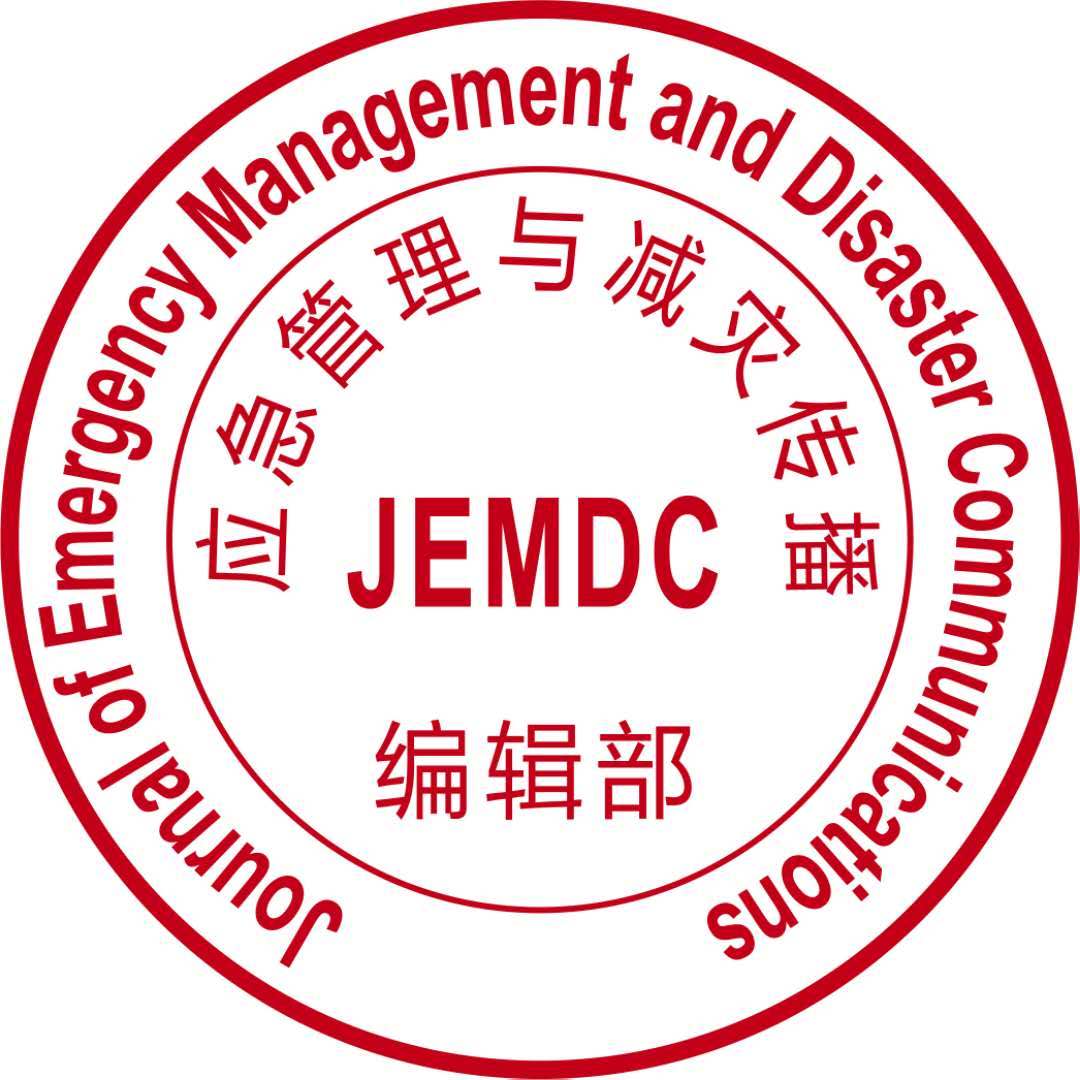这是 达医晓护 的第 3678 篇文章
什么是食物不耐受? 简单地说,食物不耐受是指我们的身体对吃下去的某些好吃的东西所产生的异常反应,可能是因为没法消化或好好代谢,或者被好吃的东西里的某种化学物质刺激了。由此而发生的食物不耐受相关疾病我们把它们归属于食物不良反应中的一类。 食物不耐受在人群中还是比较多见的,有研究统计在正常人中,大约有15%-20%有一种或多种食物不耐受。如果摄入的比较少量,有些人和他们的食物不耐受和平共处;有些人则会出现一些身体不适的症状。另外,在肠易激综合征和其他功能性胃肠道疾病的人群中,食物不耐受更为常见,文献报道大约有50%-80%存在对某些食物的不耐受。 那食物过敏和食物不耐受是一回事儿吗? 回答是否定的! 食物过敏虽然也是我们吃了食物以后出现的食物不良反应,但这是因为人体免疫系统对这个好吃的东西出现了异常反应,从而出现涉及身体部分组织器官或者全身的强烈反应,导致功能障碍或损伤,通常食物过敏的症状会更多且更严重。而食物不耐受不是免疫性过敏反应,风险没有那么大。 通俗地说,食物过敏主要涉及免疫系统,且对于免疫球蛋白E(IgE)介导的食物过敏,即使很少量的食物也可很快引起反应,而且常常是速发型,吃下去几秒钟或数分钟就会出现诸如皮疹,瘙痒,唇面部或咽部肿胀,喘息,恶心呕吐,腹部绞痛,腹泻。头晕目眩或晕厥等症状。程度有轻有重,很难预测,严重的有可能发展成为危及生命的全身性过敏反应。相反,食物不耐受通常主要涉及消化系统,在进食后数小时出现,食物的摄入量与症状的严重程度直接相关,且每次摄入该食物都会引起相似的症状。 食物不耐受有什么表现呢? 食物不耐受虽然可影响我们多个器官系统,因而有不同的表现,但大多有显著的胃肠道症状,常见有肠道产气过多、腹胀、腹痛,腹泻,皮疹,皮肤瘙痒,以及头痛或偏头痛。症状通常会延迟出现,从进食不耐受的食物后数小时甚至到两天后都有可能。 发生食物不耐受时,症状的严重程度往往更多与食物的摄入量直接相关,但如果是食物过敏的话,即使是微量的食物也可引起严重的反应。举个例子,小明吃一两个草莓不会出现任何症状,但吃一整碗草莓后嘴巴周围会出现红斑和皮肤刺激的表现,那么这很有可能是对草莓不耐受,而不是草莓过敏所发生的IgE介导的免疫反应。出现口周红斑或者皮肤刺激的原因可能是一些浆果里(比如草莓和蓝莓)含有天然的类组胺物质或能够释放组胺的化合物,这些物质会在部分儿童和成人中引起轻微的皮疹、瘙痒或荨麻疹。 目前常见的食物不耐受有哪些类型呢? 1. 乳糖不耐受 (也称为乳糖酶缺乏) 表现为在进食乳制品后出现腹胀、胃肠气胀、腹绞痛和/或腹泻等症状。主要是因为机体缺乏乳糖酶,不能消化牛奶,酸奶,软奶酪等乳制品中的乳糖。 2. 果糖不耐受 (也称为果糖吸收不良) 表现为摄入水果或水果甜味剂(包括高果糖玉米糖浆)后出现腹胀、胃肠气胀或腹泻。 3. 酒精不耐受 (也称为乙醇脱氢酶缺乏) 原因是乙醇脱氢酶缺乏所导致酒精在肝脏代谢困难,从而出现表现为酒后皮肤潮红发热,心跳加快,头晕,恶心,呕吐,血压下降等,常见于我们亚裔人群。 4. 短链可发酵碳水化合物不耐受 摄入含有可发酵低聚糖、双糖、单糖和多元醇(FODMAPs)(见如下表格1)的食物后出现胃肠气胀、腹痛、腹胀或腹泻等症状,统称为碳水化合物不耐受,在肠易激综合征患者中更常见。 表格1 含有高含量FODMAP的食物 5. 生物胺/组胺不耐受 如果某些患者在摄入特定的食物后诱发了偏头痛,可以考虑是对这些食物不耐受的表现,此类食物通常生物胺/组胺含量较高,比如酒精,巧克力,成熟干酪,味精,阿斯巴甜代糖,咖啡因,坚果,海鲜,菠萝,香蕉,牛油果,亚硝酸盐等。常见的含有较高含量组胺的食物见于如下表格2。组胺不耐受的人常常不能产生足够的二胺氧化酶或组胺-N-甲基转移酶来分解这种化学物质。除了偏头痛外,组胺不耐受的症状还会包括皮肤潮红,瘙痒、头痛、恶心,呕吐和腹泻。 Food intolerance What is food intolerance A food intolerance is a reaction to the food you’re eating. The reaction might be because your body can’t properly break down the food. Or it might be because your body is irritated by a chemical that’s found in the food. Food intolerance disorders are a subset of all adverse food reactions. Food intolerance is common in the general population and is reported in 15 to 20 percent of the population. Some people can cope with small amounts of foods they’re intolerant of, while some others would feel uncomfortable and present some symptoms. In addition, food intolerances are even more common among patients with irritable bowel syndrome and other functional gastrointestinal disorders, with 50 to 80 percent reporting consistent problems with certain foods. Comparison with food allergy Food intolerances aren’t the same as food allergies. Although food allergies are also adverse food reactions, they do happen when your immune system reacts to a food you’ve eaten. Food intolerances don’t involve your immune system. Food allergies are generally more severe and have more symptoms than food intolerances. Food intolerances are not immunologic allergies and do not carry the same risk. A simple way to explain the difference is that food allergies involve the immune system, and with immunoglobulin E (IgE)-mediated food allergies, even tiny amounts of the food can trigger allergy symptoms, such as a rash; itching; swelling of the lips, face, or throat; wheezing; nausea; vomiting; cramping; diarrhea; flushing; lightheadedness; or syncope, these symptoms usually happen quickly. IgE-mediated, food-allergic reactions are unpredictable and have the potential to progress to a serious or life-threatening reaction called anaphylaxis. In contrast, food intolerance generally involves the digestive system, the amount of food ingested is directly related to the severity of symptoms, and the food causes similar symptoms with each exposure. Clinical features of food intolerance Clinical features of food intolerances traverse a spectrum of organ systems and vary among different disorders, although most involve prominent gastrointestinal symptoms. Excessive intestinal gas, bloating, abdominal pain, diarrhea, skin rashes, itching, and headaches or migraines are common symptoms.Food intolerance symptoms are often delayed and can appear up to two days after you’ve eaten the food you’re intolerant of. With food intolerances, the amount of the food ingested tends to be more directly related to the severity of symptoms, compared with immunologic food allergies, in which even trace amounts of the food can trigger an explosive reaction. As an example, a patient who can eat one or two strawberries without symptoms but develops erythema and irritation around the mouth with an entire bowl of strawberries likely has an intolerance to strawberries, rather than an IgE-mediated allergy. A possible explanation for such symptoms is that some berries (eg, strawberries and blueberries) contain natural histamine-like or histamine-releasing compounds and can cause minor skin eruptions, itching, or urticaria in some children and adults. Examples of common food intolerances include: 1.Lactose intolerance (also known as Lactase deficiency) Lactose intolerance presents as bloating, flatulence, abdominal cramping, and/or diarrhea after eating dairy products. This is due to the lactase deficiency which means your body cannot digest lactose, a natural sugar found in milk, yogurt and soft cheeses. 2. Fructose intolerance(or Fructose malabsorption) Fructose intolerance presents with bloating, flatulence, or diarrhea after ingestion of fruit and fruit-based sweeteners (including high-fructose corn syrup). 3. Alcohol intolerance (or Aldehyde dehydrogenase deficiency) It is due to the deficiency of aldehyde dehydrogenase which helps body metabolize alcohol. It presents as flushing, tachycardia,dizziness, nausea, vomiting and low blood pressure after alcohol and is more prevalent in people of Asian descent. 4. Intolerance of short-chain fermentable carbohydrates Flatulence, abdominal pain, bloating, or diarrhea after foods containing fermentable oligosaccharides, disaccharides, monosaccharides, and polyols (FODMAPs) (refer to table 1 below) is variably referred to as carbohydrate intolerance and is believed to be more prevalent in patients with irritable bowel syndrome. Table 1 Food containing FODMAPs 5. Biogenic amines/Histamine intolerance Migraine headaches may be considered a manifestation of food intolerance if it is triggered by certain foods in a specific patient, and foods with high biogenic amine content include alcohol, chocolate, aged cheeses, monosodium glutamate (MSG), aspartame (NutraSweet), caffeine,nuts, seafood, pineapples, bananas, avocados, chocolate and nitrites etc. Foods containing histamine are listed in the below Table 2. People who are histamine intolerant don't make enough diamine oxidase(DAO) or histamine-N-methyltransferase(HNMT)enzyme to break down this chemical. Apart from migraine, symptoms attributed to histamine intolerant also include flushing, itching, headache, nausea/vomiting, and diarrhea. Table 2 Foods containing histamine

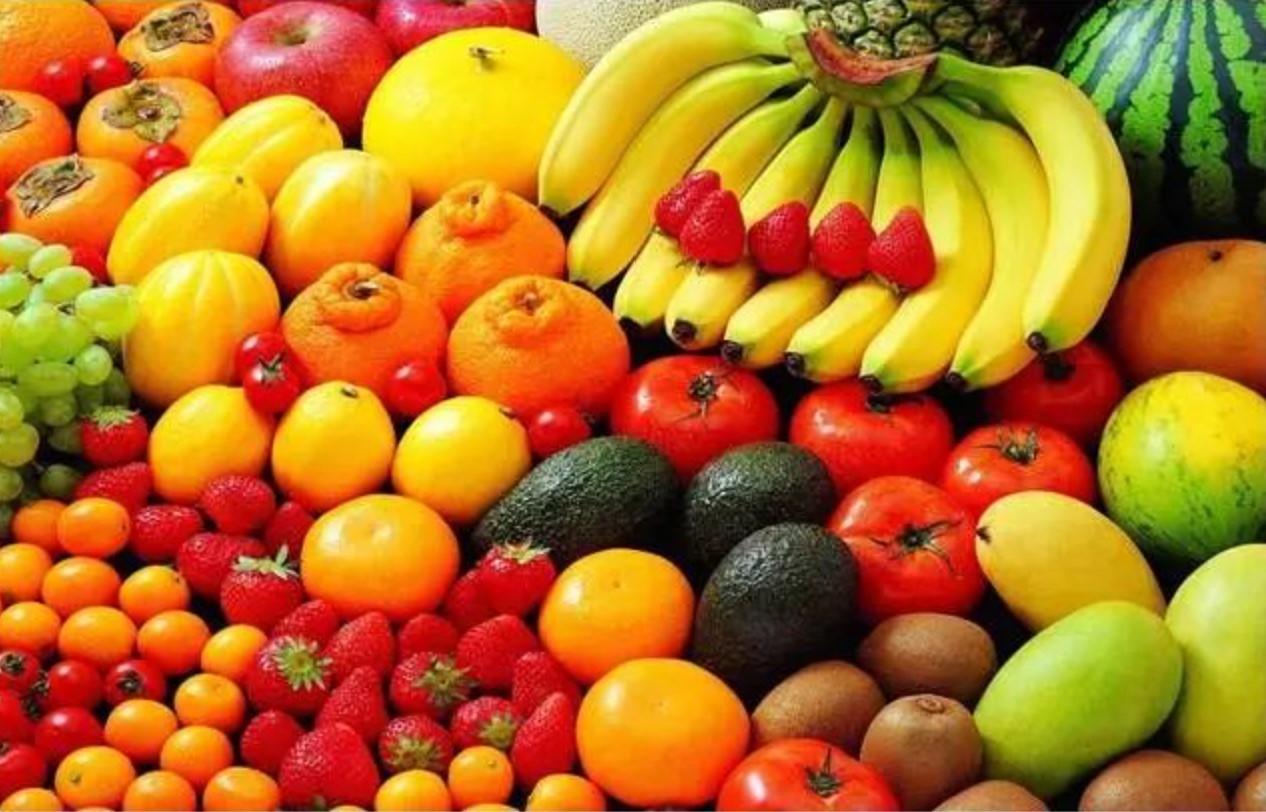


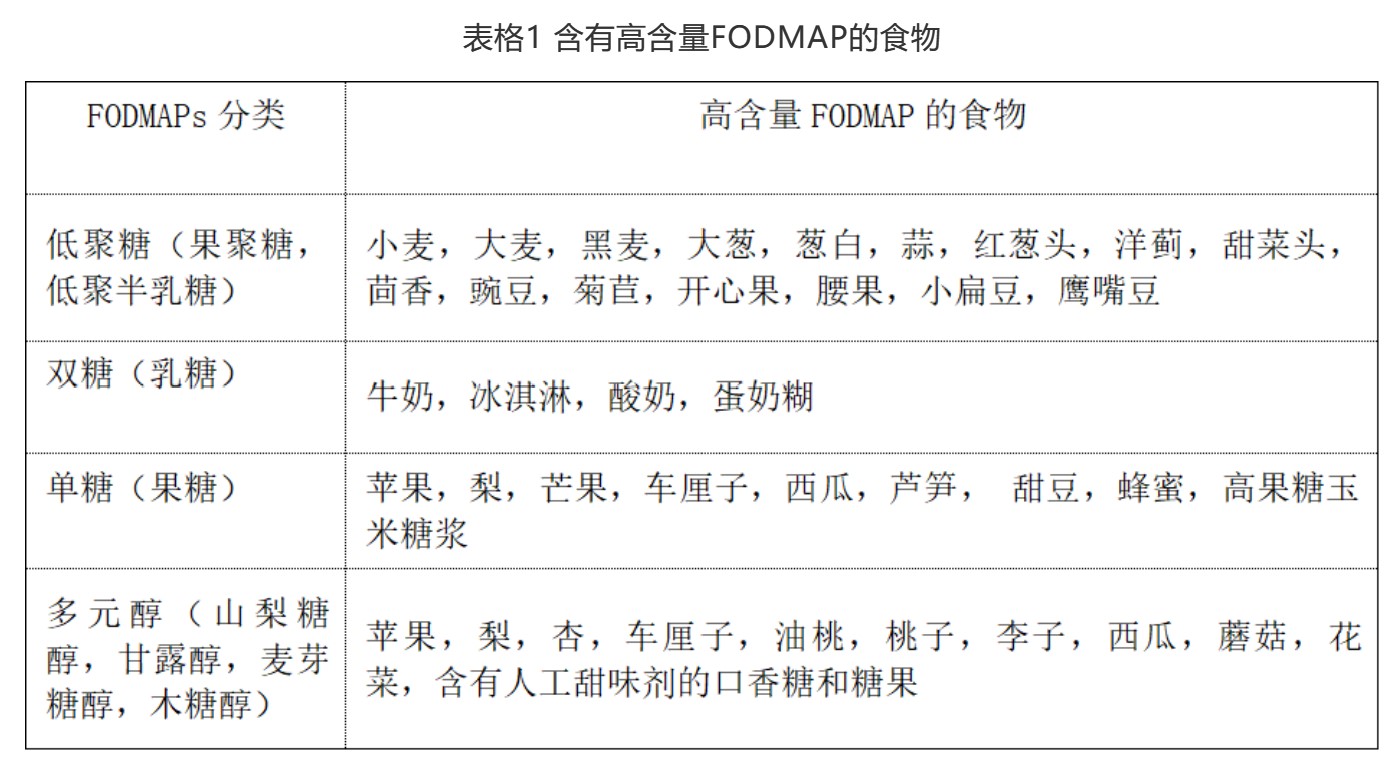
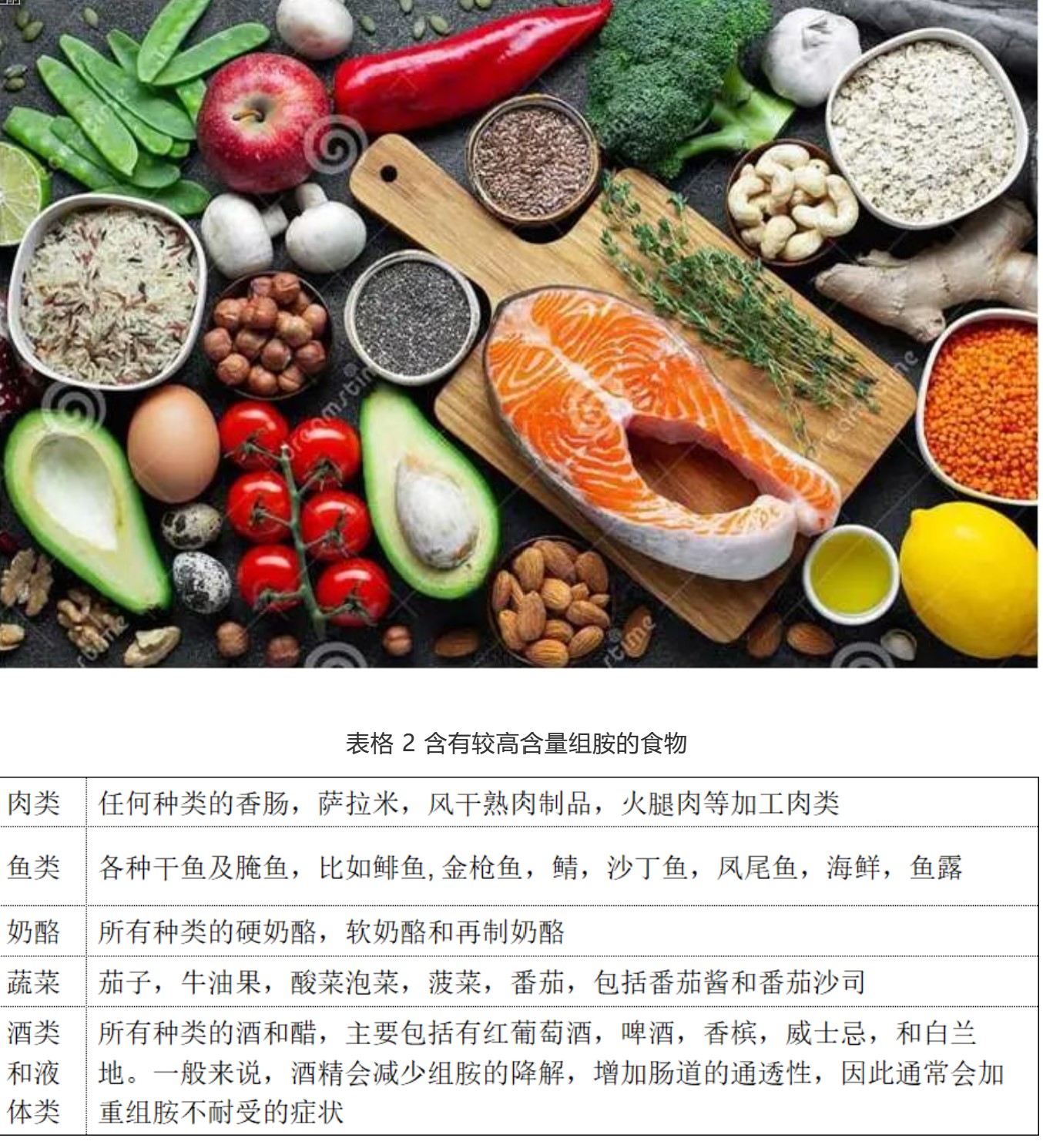
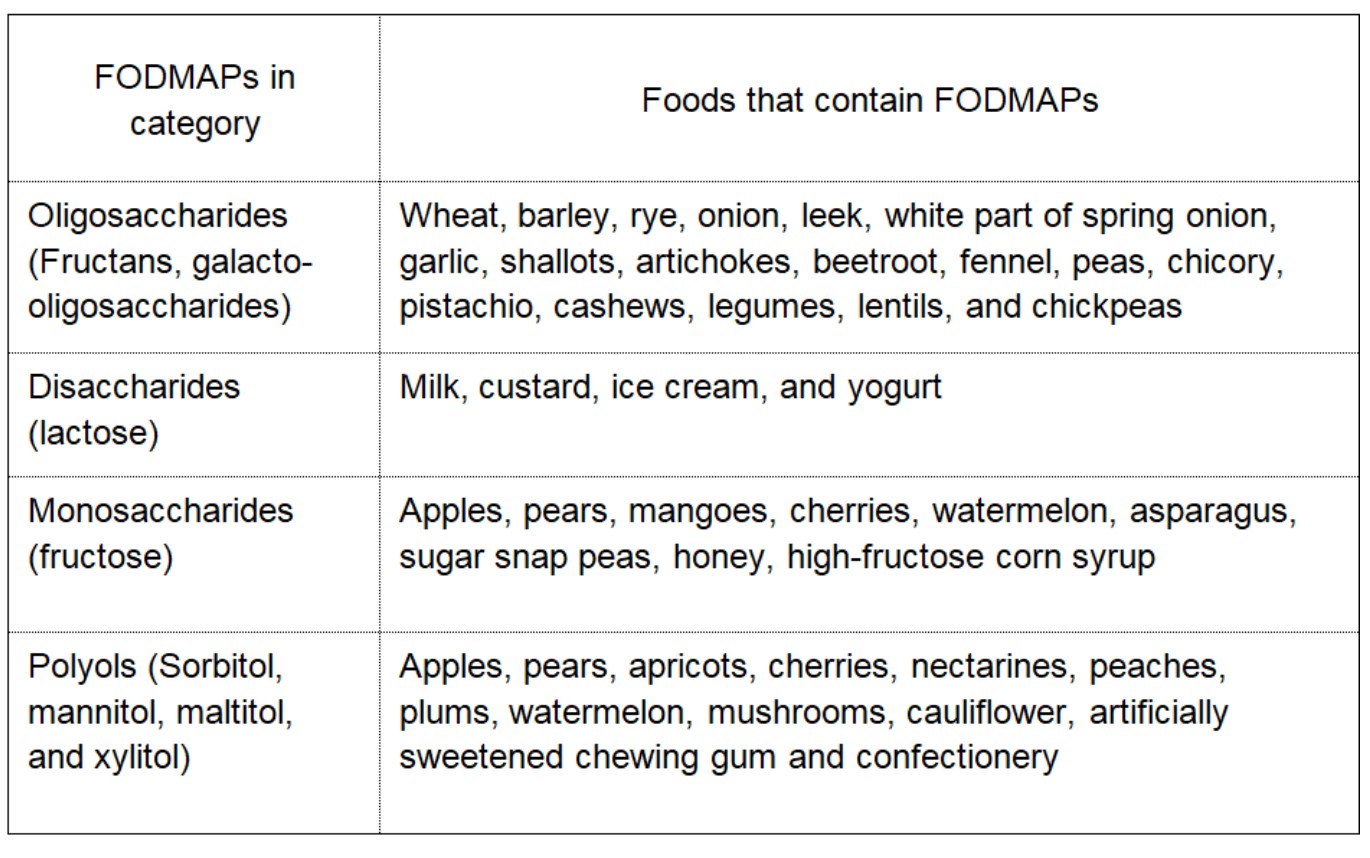
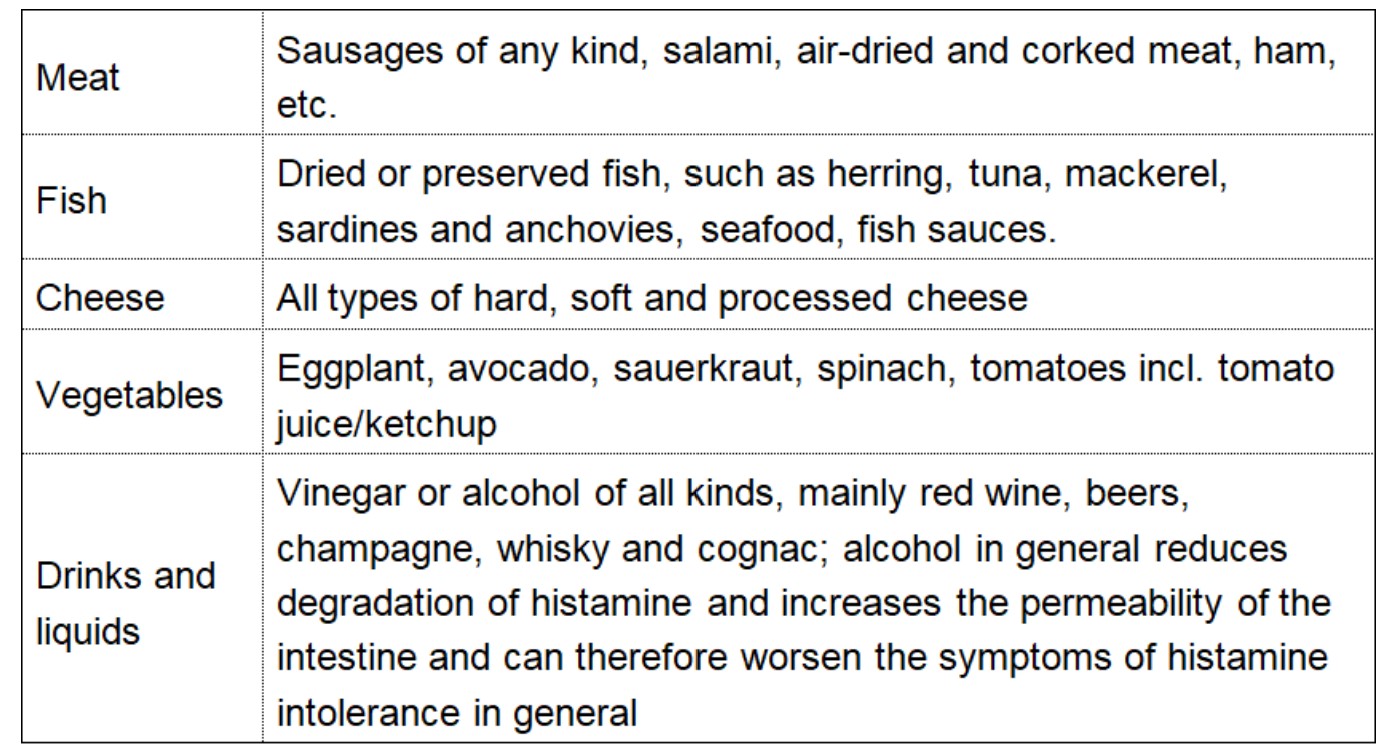
作者:澳大利亚墨尔本大学医学院儿科博士 百汇医疗(中国)儿科医师 蒋本然 延伸阅读 部分图片摘自网络,如有侵权请告知,予以删除。 Daily Health杂志主编:蒋本然所有人名和地名均为化名,如有雷同,纯属巧合。






 收藏
收藏
 赞
赞






